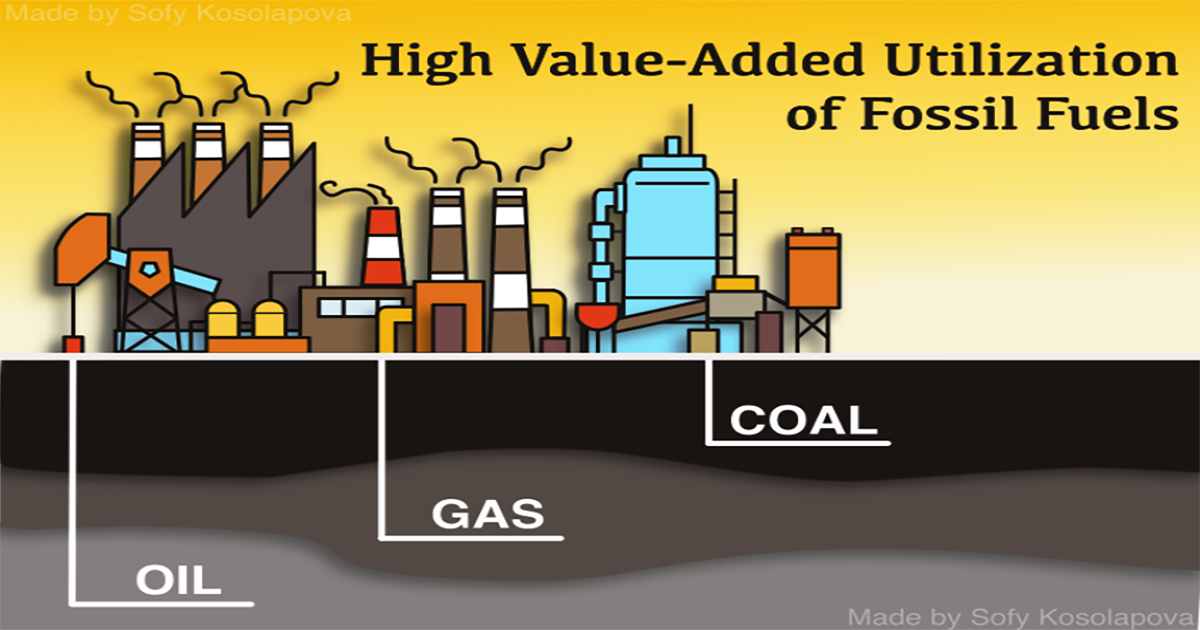High Value-Added Utilization of Fossil Fuels
A special issue of Energies (ISSN 1996-1073). This special issue belongs to the section "H3: Fossil".
Deadline for manuscript submissions: closed (10 May 2024) | Viewed by 11806

Special Issue Editor
Interests: needle coke; marine fuel; petroleum coke; asphaltenes; petroleum refining; heavy oil; pyrolysis; petrochemistry; coal-tar pitch
Special Issues, Collections and Topics in MDPI journals
Special Issue Information
Dear Colleagues,
The processing of technogenic resources is becoming an increasingly relevant modern trend in the mineral and raw materials and fuel and energy sectors of the economies of industrialized states. This is primarily due to the accumulation in technogenic resources of potentially valuable components for isolation in amounts comparable in content to natural resources. The possibility of utilizing technogenic resources of fossil fuels by using them as raw materials to obtain high value-added products is especially attractive for industrial enterprises. This is especially the case for oil refining and petrochemical enterprises, gas chemical plants, coke plants and other fossil fuel processing enterprises. The processing of technogenic fossil fuel resources can be performed by physical methods (mixing, fractionation, extraction) and chemical methods (thermal, catalytic and hydrocatalytic). The chemical composition (elemental, hydrocarbon, group, SARA) and the structure of individual components (including asphaltenes) of technogenic resources determine the possibility of using a given processing method to obtain commercial products. At the same time, only high demand for the resulting products with a limited supply will determine their status as high value-added products. An example of such a product is needle coke, which in world practice is obtained from both oil-based technogenic resources (a by-product of the production of a high-octane component of motor gasoline) and coal-based technogenic resources (a by-product of the production of metallurgical coke). The main area of application for this method is in the production of graphite electrodes for steelmaking. It is the flow of the technological chain through several industries that determines this carbon material as a product with a high added value.
The purpose of this Special Issue is to consider the most relevant methods for the global industry to utilize technogenic fossil fuel resources to obtain high value-added products.
Dr. Viacheslav A. Rudko
Guest Editor
Manuscript Submission Information
Manuscripts should be submitted online at www.mdpi.com by registering and logging in to this website. Once you are registered, click here to go to the submission form. Manuscripts can be submitted until the deadline. All submissions that pass pre-check are peer-reviewed. Accepted papers will be published continuously in the journal (as soon as accepted) and will be listed together on the special issue website. Research articles, review articles as well as short communications are invited. For planned papers, a title and short abstract (about 250 words) can be sent to the Editorial Office for assessment.
Submitted manuscripts should not have been published previously, nor be under consideration for publication elsewhere (except conference proceedings papers). All manuscripts are thoroughly refereed through a single-blind peer-review process. A guide for authors and other relevant information for submission of manuscripts is available on the Instructions for Authors page. Energies is an international peer-reviewed open access semimonthly journal published by MDPI.
Please visit the Instructions for Authors page before submitting a manuscript. The Article Processing Charge (APC) for publication in this open access journal is 2600 CHF (Swiss Francs). Submitted papers should be well formatted and use good English. Authors may use MDPI's English editing service prior to publication or during author revisions.
Keywords
- needle coke
- petroleum coke
- carbon fibers
- atmospheric residue
- vacuum residue
- decant oil
- ethylene tar
- coal-tar pitch
- asphaltenes
- mesophase pitch
- activated coal
- carbon black
Benefits of Publishing in a Special Issue
- Ease of navigation: Grouping papers by topic helps scholars navigate broad scope journals more efficiently.
- Greater discoverability: Special Issues support the reach and impact of scientific research. Articles in Special Issues are more discoverable and cited more frequently.
- Expansion of research network: Special Issues facilitate connections among authors, fostering scientific collaborations.
- External promotion: Articles in Special Issues are often promoted through the journal's social media, increasing their visibility.
- Reprint: MDPI Books provides the opportunity to republish successful Special Issues in book format, both online and in print.
Further information on MDPI's Special Issue policies can be found here.





